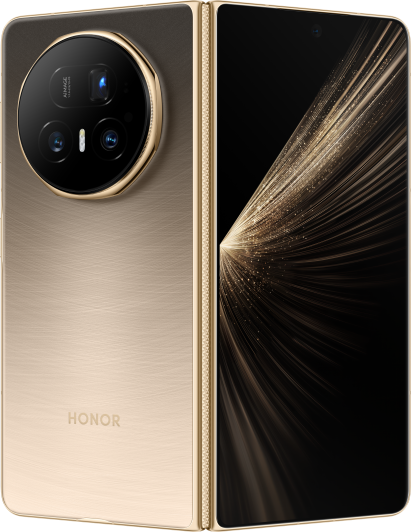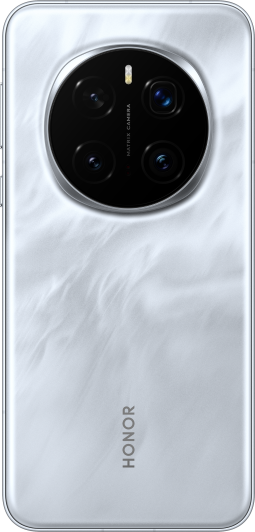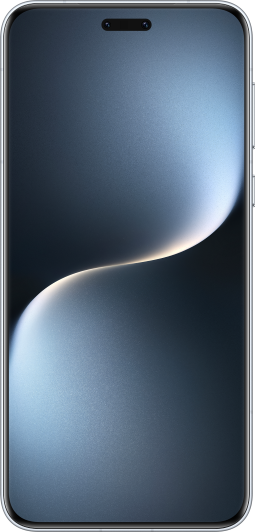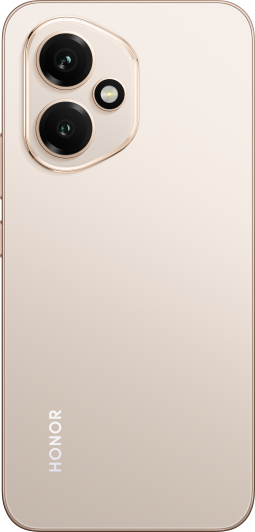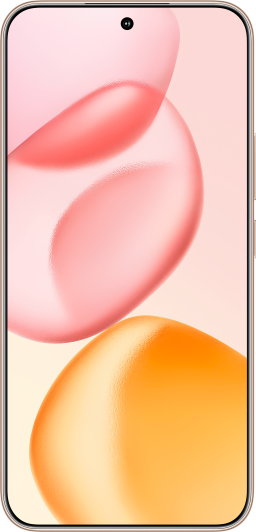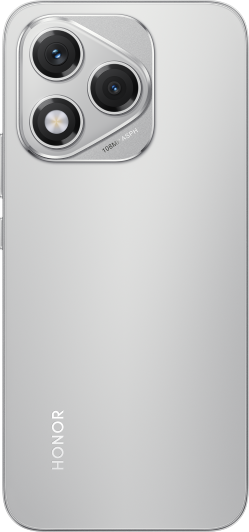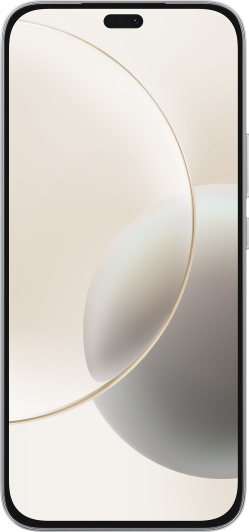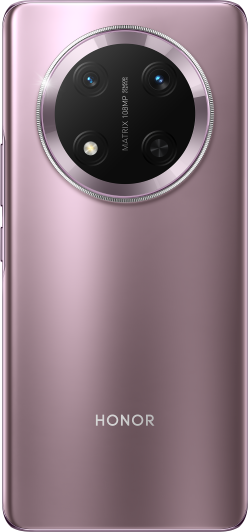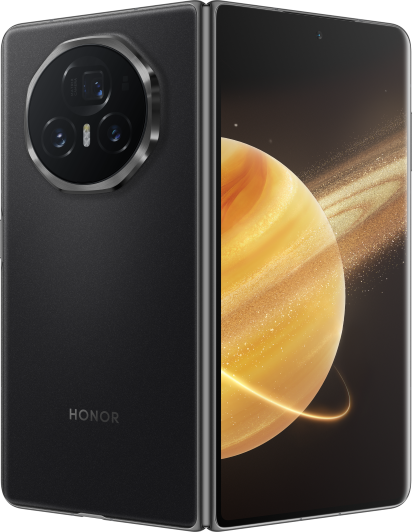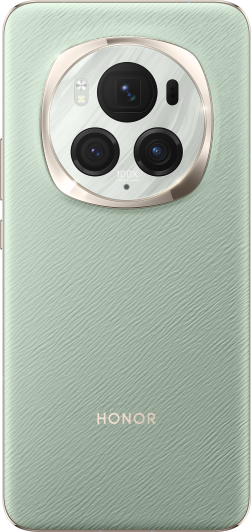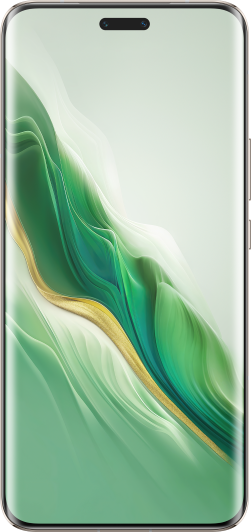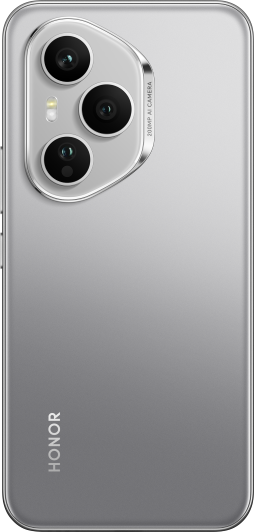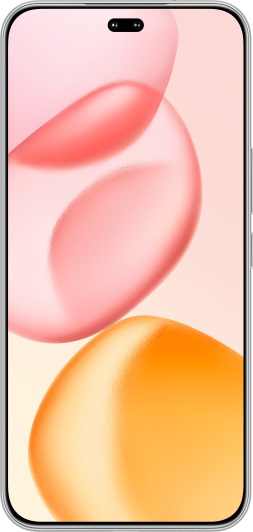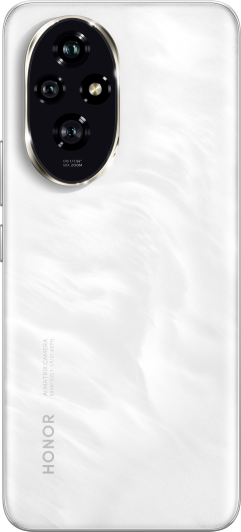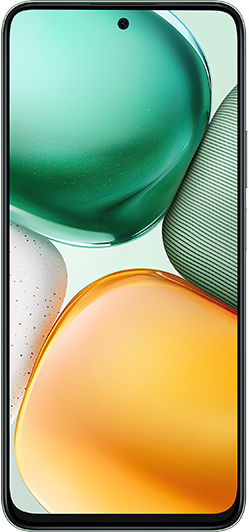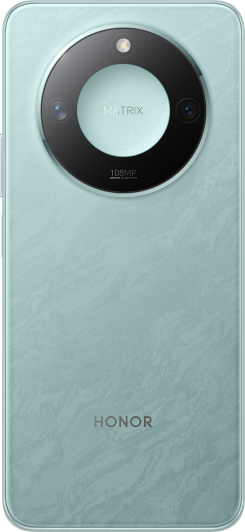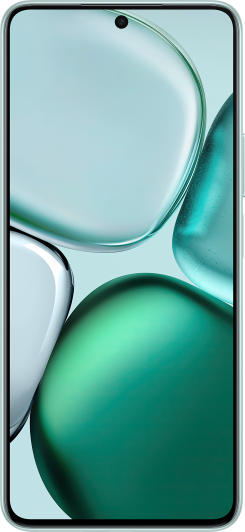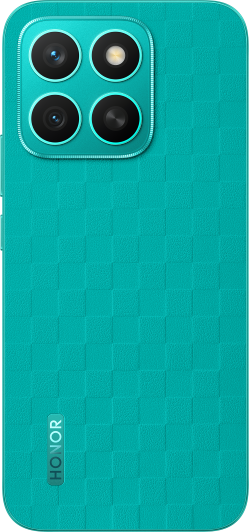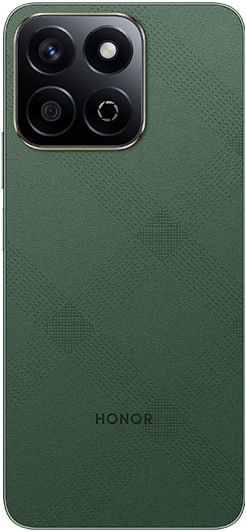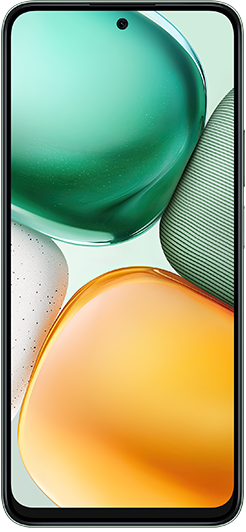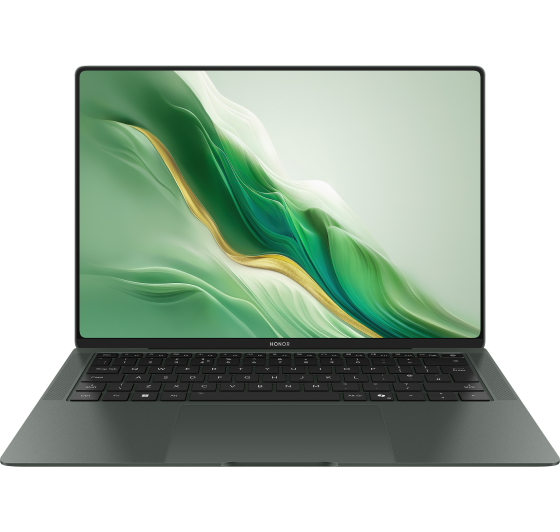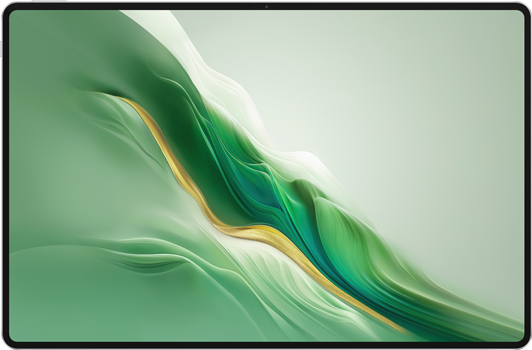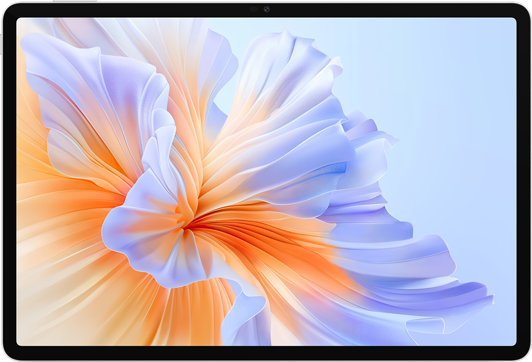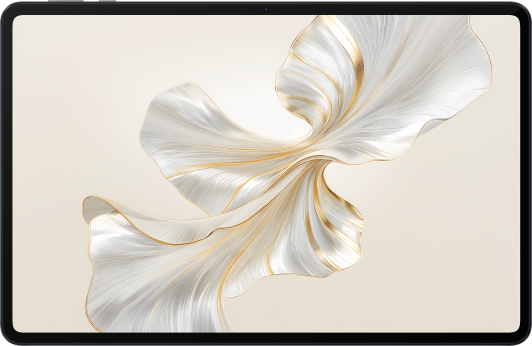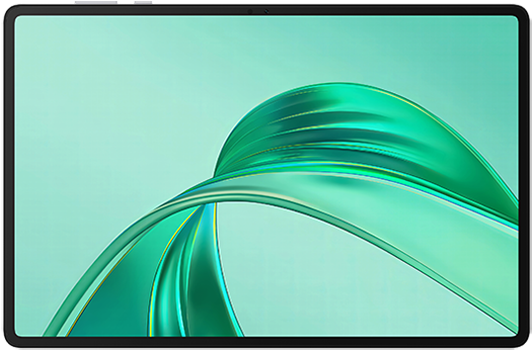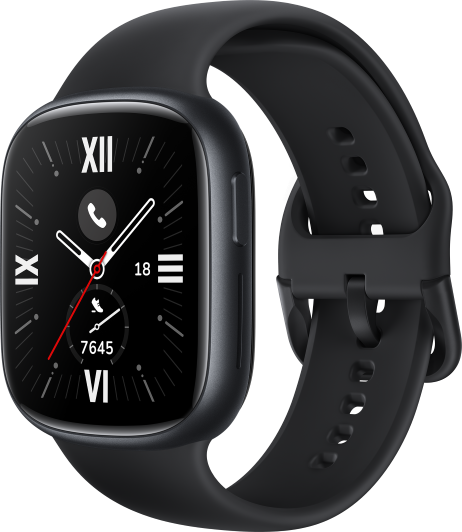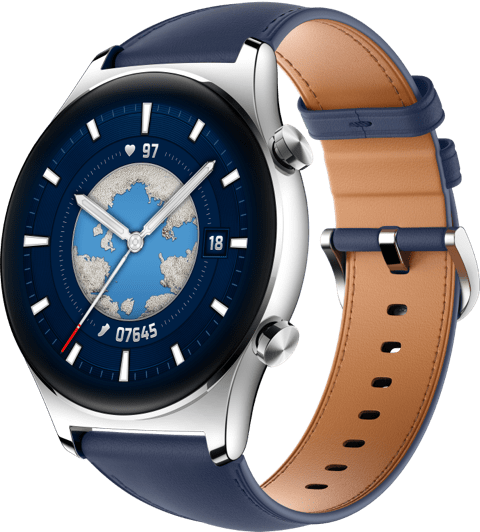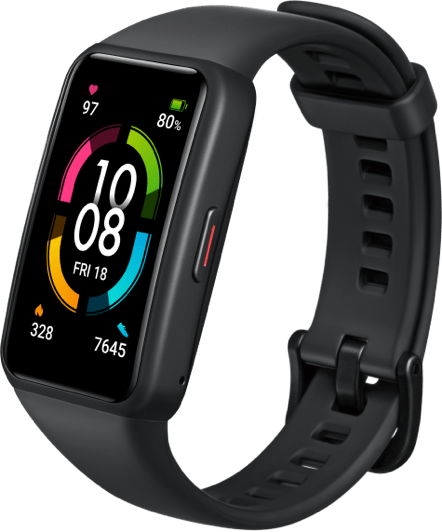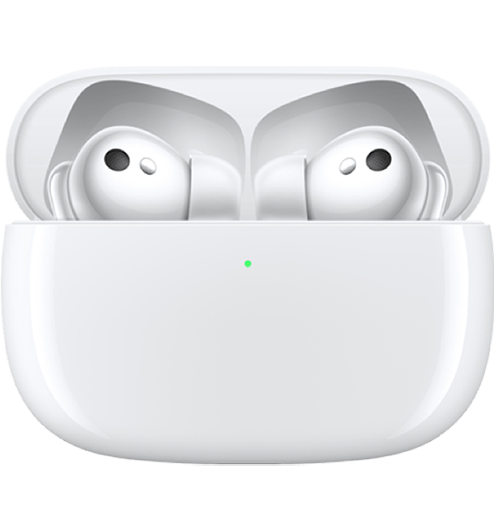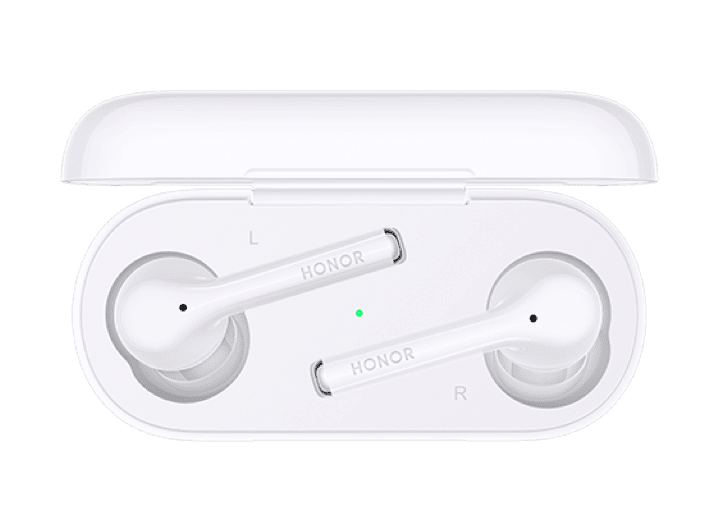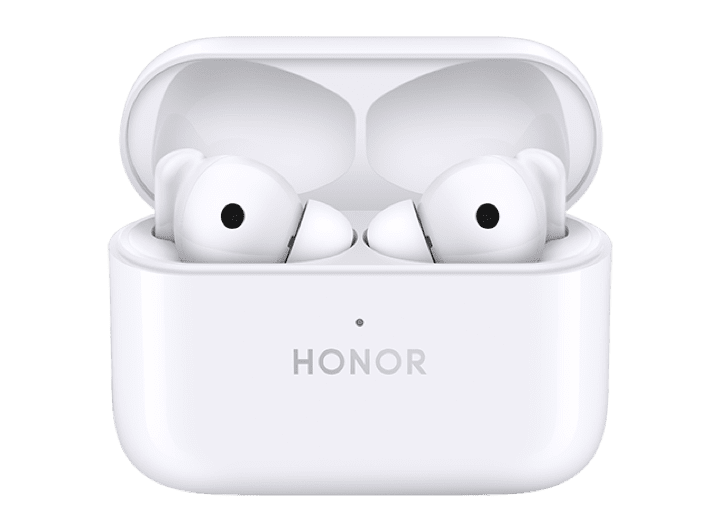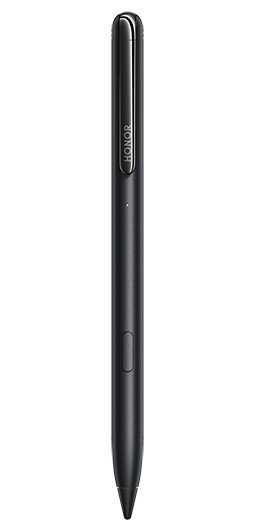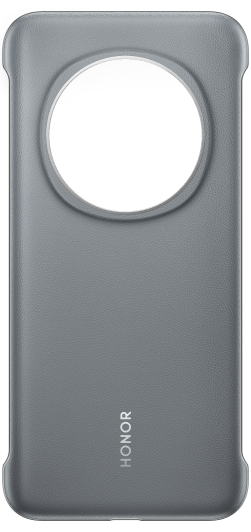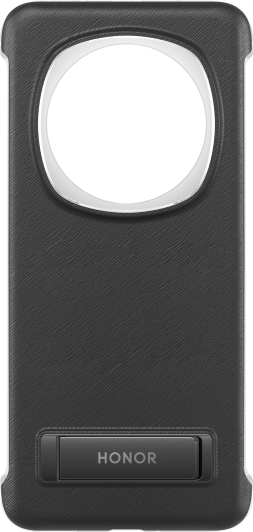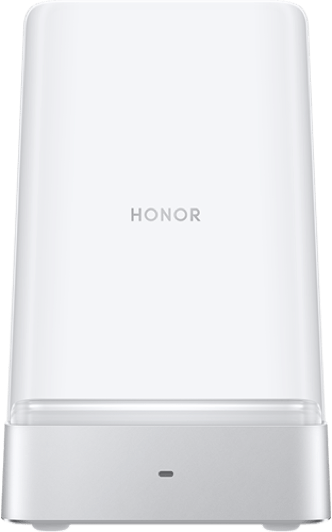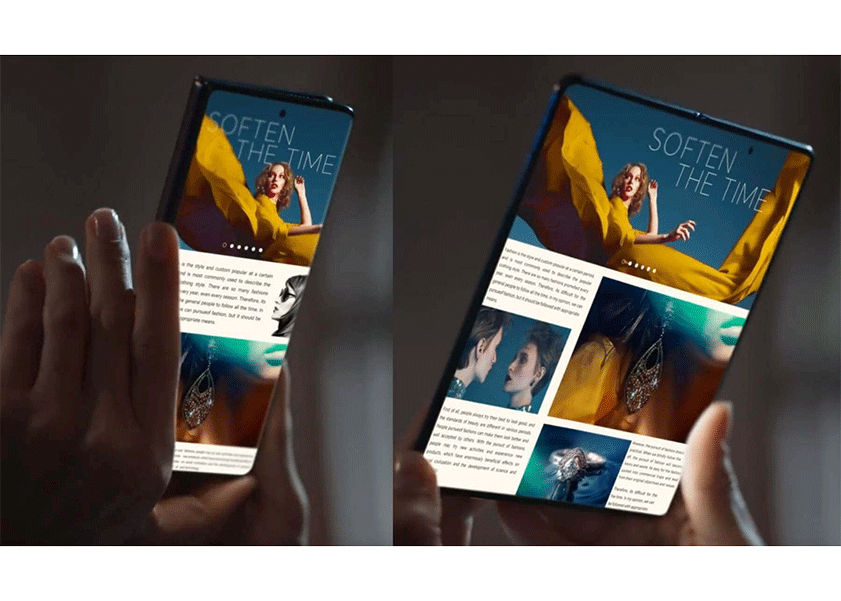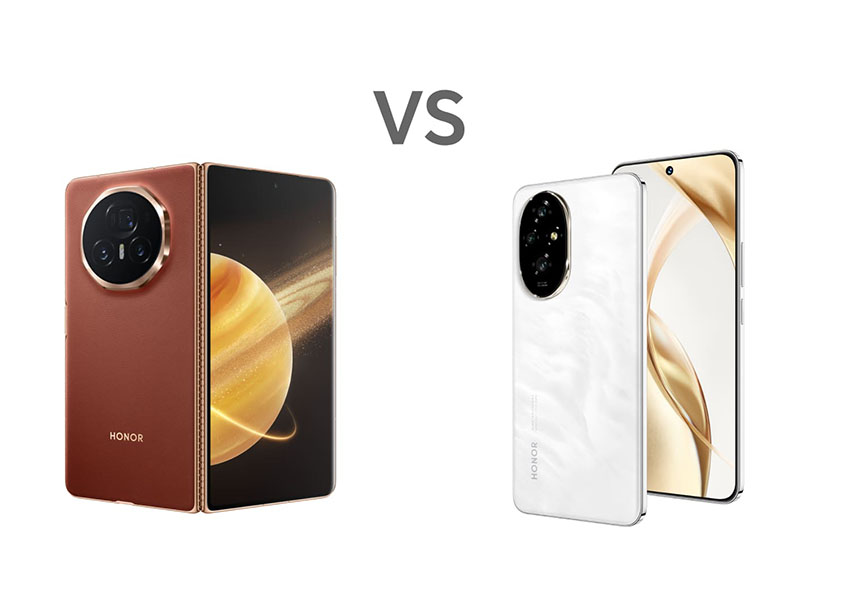TOP

我的荣耀 开启荣耀之旅
To log in to your account, you must first agree to the HONOR PLATFORM TERMS OF USE and HONOR Platform Privacy Statement . If you do not agree, you may only browse the site as a guest.
*You can unsubscribe at any time, Please see our Privacy Statement for details.

Choosing the Right Phone Screen Size: A Handy Guide
Table of Contents
・Why Screen Size Really Matters
・Common Phone Screen Sizes
・Other Screen Features to Consider When Choosing a Phone
・Popular HONOR Models by Size
・Conclusion
・FAQs
If you’re eyeing a new handset, phone screen size isn’t just a number on a spec sheet. It decides how that phone feels in your hand, how easy it is to swipe and type, and whether binge-watching Netflix or gaming on the go is actually fun—or frustrating.
With today’s phones ranging from compact pocket rockets to foldables that double as mini-tablets, picking the right screen size for mobile can feel tricky. Don’t sweat it. In this guide, we’ll break down every size category and show you how to match your perfect screen to your lifestyle.
Why Screen Size Really Matters
Picking the right mobile phone screen size directly affects how your device feels and works day to day. Here’s why it’s such a big deal:
● Comfort in your hand: Smaller screens under 6 inches are easier to handle one-handed, while larger ones often require two hands for texting and scrolling.
● Portability: Compact phones slip easily into pockets and bags, but bigger displays can feel bulky on the go.
● Viewing experience: Larger screens give you more room to read e-mails without squinting, edit photos with precision, multitask, and immerse yourself in games and films.
● Battery life: Bigger phones usually house larger batteries, allowing for longer usage between charges.
Common Phone Screen Sizes
From compact phones you can easily use with one hand to foldables that open into tablet-sized displays, here’s how the most common sizes stack up today, plus their typical phone screen dimensions.
Compact Size (5.4 – 6.0 inches)
Compact phones about 5.4 ~ 6.0” are ideal if you want something lightweight, pocket-friendly, and easy to use one-handed. These phones are great for texting, calls, and simple browsing without feeling bulky.
Compact phone screen size dimensions are typically like this:
● Height: 144 – 147 mm
● Width: 69 – 70 mm
● Thickness: 7 – 8 mm
Medium Size (6.1 – 6.5 inches)
A screen between 6.1 ~ 6.5” is the sweet spot for many. Medium-sized phones balance usability and display space perfectly, making them versatile for almost any task. They’re big enough for videos and multitasking but still manageable in one hand for most users.
Typical dimensions:
● Height: 154 – 161 mm
● Width: 73 – 76 mm
● Thickness: 7 – 8.5 mm
Large Size (6.6 – 6.9 inches)
Large phones are designed for immersive experiences, whether that’s gaming, streaming, or editing photos on the go. These phones can feel a little harder to handle one-handed but shine when it comes to screen real estate.
Typical dimensions:
● Height: 161 – 178 mm
● Width: 76 – 79 mm
● Thickness: 7 – 9 mm
Flip Phone (Clamshell) Size
Flip phones with foldable displays bring a unique twist. When folded, they’re about half the height of a slab; when open, they feel like a standard smartphone. You get the best of both worlds: a big screen that fits easily in your pocket.
Typical dimensions:
● Folded: 3.4 – 4.1”, almost square and pocketable.
● Unfolded: 6.7 – 6.9”, like a standard large phone.
Foldable Phone (Book-Style) Size
Book-style foldables are essentially two devices in one: a regular phone when closed, and a tablet-sized display when open. They’re perfect for multitasking, reading, or productivity on the go, though they’re bulkier when folded.
Typical dimensions:
● Folded: 6.2 – 6.5”, about as tall as a standard phone but thicker due to the hinge.
● Unfolded: 7.1 – 8.0”, a workspace big enough for multitasking or watching movies.
Other Screen Features to Consider When Choosing a Phone
Even after you settle on the comfortable dimensions of a phone screen, a display’s resolution, technology, and pixel density still decide how sharp, smooth and battery-friendly your everyday experience feels.
Screen Resolution
Resolution tells you how many pixels the panel can light up, horizontally and vertically. A Full HD+ (≈1080 × 2400) screen already packs more than two million pixels, while Quad HD (≈1440 × 3200) almost doubles that count for extra detail.
Higher resolutions look crisper, especially on larger displays, but they ask more of your GPU and battery. If you read e-books or edit photos up close, you’ll appreciate QHD clarity; if you mostly scroll social feeds, FHD+ usually looks just as clean while sipping less power.
Display Technology
While older technologies like LCD are still used, most modern phones now use OLED panels, where each pixel emits its own light for deep blacks and high contrast. Newer LTPO OLED screens can drop refresh rates from 120 Hz all the way to 1 Hz when a frame is static, saving battery without sacrificing smoothness when you start scrolling again.
You’ll also run into terms like AMOLED or micro-quad-curved edges; these all sit under the broader OLED umbrella and affect brightness, power draw, or ergonomics more than color quality.
Pixel Density
Pixel density, measured in pixels per inch (PPI), indicates how tightly packed those pixels are. Higher PPI (300–500+) makes for smoother text and sharper images, especially on smaller screens.
Anything above 300 PPI generally appears “retina-quality,” where individual pixels become imperceptible at normal viewing distances. If crisp detail and silky text are must-haves, check for at least 400 PPI in your chosen screen size for mobile.
Popular HONOR Models by Size
HONOR offers a range of phones that cater to different preferences, whether you prefer a compact mid-range device, a flagship with cutting-edge display tech, or a foldable that transforms into a tablet. Here’s a closer look at three standout models, their screen sizes, and display highlights.
HONOR 400
The HONOR 400 packs a vibrant 6.55-inch AMOLED display with a resolution of 2736 × 1264 and an impressive 460 PPI, delivering crisp visuals even on a compact screen. It also achieves 5,000 nits peak brightness, making it easy to see even under harsh sunlight.
Display highlights:
● 120 Hz refresh rate for smooth scrolling and animations without draining the 5,300mAh battery.
● Ultra-bright panel for clear visibility outdoors.
● TÜV-certified eye-comfort features to reduce blue light and ease strain during night-time use.
Beyond the screen, the HONOR 400 offers a powerful Snapdragon 7 Gen 3 processor, a versatile 200 MP main camera, IP65 dust and water resistance, and 66W fast charging, making it a strong choice for those seeking a sleek, reliable all-rounder.
HONOR Magic7 Pro
Stepping up to the HONOR Magic7 Pro means stepping into flagship territory. It features a 6.8” micro-quad-curved OLED screen with a resolution of 2800 × 1280 and a pixel density of 453 PPI. The display delivers up to 5,000 nits HDR peak brightness and is protected by HONOR’s NanoCrystal Shield, designed for enhanced drop and scratch resistance.
Display highlights:
Adaptive LTPO refresh rate (1–120 Hz): slows down for static content to save battery, speeds up for fast-paced gaming and video.
5,000 nits peak brightness ensures vivid visuals even outdoors.
Hardware-level low-blue-light technology and circular polarization reduce eye strain for extended viewing.
Powered by the Snapdragon 8 Elite processor, the Magic7 Pro combines raw performance with a feature-packed design: a 5,270mAh battery supporting fast 100W wired and 80W wireless charging, IP68/IP69 water resistance, and a powerful triple camera system (50 MP + 50 MP + 200 MP). It’s perfect for users who want top-tier power and an ultra-robust display.
HONOR Magic V3
The HONOR Magic V3 takes versatility to the next level with its foldable design. Open it up and you’re greeted by a 7.92” OLED main display (2156 × 2344 resolution), while the folded cover screen measures 6.43”, perfect for one-handed use.
Display highlights:
● 120 Hz LTPO refresh rate on both the main and cover displays for ultra-smooth transitions.
● Ultra-slim 4.35 mm profile when open makes reading or sketching feel book-like.
● Equipped with PWM Risk‑Free Dimming technology, the cover display runs at 4320 Hz and the inner panel at 3840 Hz, virtually eliminating flicker and lowering eyestrain
Despite its slim form factor, the Magic V3 packs a 5,150 mAh silicon-carbon battery with 66W wired and 50W wireless fast charging. Snapdragon 8 Gen 3 performance and refined hinge engineering make this one of the thinnest and lightest foldable in its class, ideal for multitaskers, readers, and anyone who wants a phone and tablet in one.
Conclusion
At the end of the day, the phone screen size you choose shapes your entire experience, whether you’re scrolling one-handed on a crowded train, editing photos, or watching TikTok in bed. Think about how you use your phone. Do you want something sleek and pocket-friendly? Or a big, immersive display that can handle all your multitasking? Whatever your vibe, there’s a phone display size out there that feels just right.
FAQs
What is the standard mobile screen size?
The standard mobile screen size has grown over the years, with most modern smartphones featuring screens between 6.0 and 6.7 inches, measured diagonally. This size range offers a balance between comfortable one-handed use and ample display area for media consumption and multitasking. Smaller devices under 6 inches are still available for those who prioritize portability, while larger screens above 6.7 inches cater to users seeking enhanced viewing experiences.
Are phone screens 16:9?
While 16:9 was once the standard aspect ratio for smartphones, modern devices have shifted towards taller ratios like 18:9, 19:9, and even 20:9. These newer ratios provide more vertical screen space, making it easier to view content and multitask without increasing the device’s width. However, 16:9 remains common in TVs and monitors, and some older smartphones still use this ratio.
What is the size of a cell phone screen?
Cell phone screens vary in size, typically ranging from 5.5 to 7 inches diagonally. Smaller screens under 6 inches are favored for their ease of use and portability, while larger screens above 6.5 inches are popular among users who prioritize media consumption, gaming, and productivity. The choice ultimately depends on individual preferences and usage needs.
What size is a 1920x1080 screen?
A 1920x1080 resolution, commonly known as Full HD, appears differently in physical size depending on the device. On smartphones, this resolution is often found on screens ranging from 5 to 6.5 inches diagonally, resulting in a high pixel density of around 400 to 440 pixels per inch (PPI), which provides sharp and detailed visuals. In contrast, larger devices like laptops or monitors with the same resolution have lower PPI, leading to less sharpness. For instance, a 15.6-inch laptop typically has this resolution.
Source: HONOR Club

Subscribe For Updates - Special Offers And More.
By providing your email address, you consent to receive the latest offers and information on Honor products, events and services through email or advertisement on third-party platforms. You can unsubscribe anytime according to Chapter 5 of HONOR Platform Privacy Statement.
Consumer hotline
80004444408 Monday to Sunday,9:00am-9:00pm
ae.support@honor.com
Copyright © HONOR 2017-2025.All rights reserved.
We use cookies and similar technologies to make our website work efficiently, as well as to analyze our website traffic and for advertising purposes.
By clicking on "Accept all cookies" you allow the storage of cookies on your device. For more information, take a look at our Cookie Policy.
Functional cookies are used to improve functionality and personalization, such as when playing videos or during live chats.
Analytical cookies provide information on how this site is used. This improves the user experience. The data collected is aggregated and made anonymous.
Advertising cookies provide information about user interactions with HONOR content. This helps us better understand the effectiveness of the content of our emails and our website.
